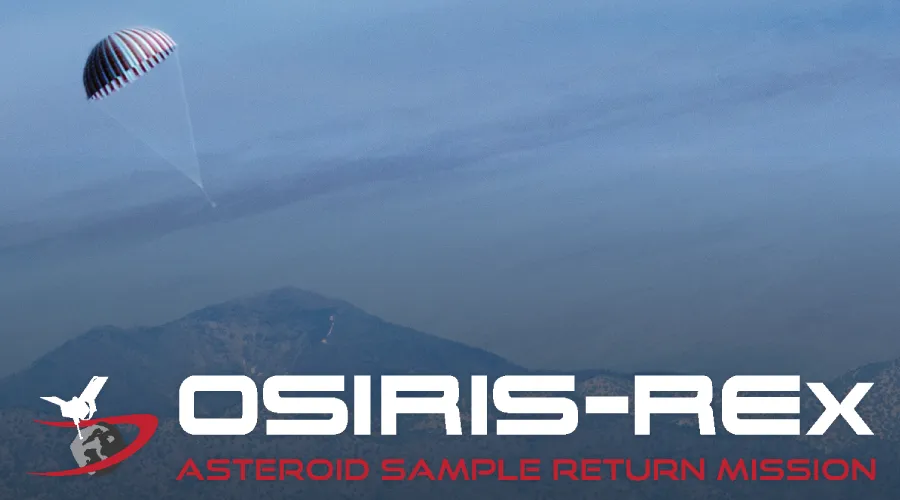Today, September 24, 2023, NASA’s OSIRIS-REx spacecraft is scheduled to return a sample of asteroid Bennu to Earth. This will be the first time that a U.S. spacecraft has returned a sample from an asteroid, and it will be the largest sample of asteroid material ever returned to Earth.
OSIRIS-REx was launched in 2016 and arrived at Bennu in 2020. It spent two years studying the asteroid and mapping its surface in detail. In October 2020, OSIRIS-REx successfully collected a sample of material from Bennu’s surface.
The sample capsule containing the Bennu sample is scheduled to land in the Utah desert at 8:55 a.m. MDT (10:55 a.m. EDT). The capsule will be retrieved by a NASA team and transported to a secure facility for processing.
Once the sample is processed, it will be made available to scientists around the world for study. Scientists are eager to study the Bennu sample to learn more about the formation and evolution of asteroids, as well as the potential hazards that they pose to Earth.
The Bennu sample is expected to be especially valuable because Bennu is a rudimentary asteroid. This means that it has not changed significantly since it formed billions of years ago. By studying the Bennu sample, scientists can learn more about the early solar system and the conditions that led to the formation of the planets.
The return of the Bennu sample is a major milestone for NASA and for planetary science. It is the culmination of years of hard work and dedication by the OSIRIS-REx team. The sample will provide scientists with a unique opportunity to learn more about asteroids and the early solar system.
What to expect on landing day
On landing day, the OSIRIS-REx spacecraft will release the sample capsule at a precise time and location. The capsule will then enter Earth’s atmosphere and descend to the ground using a parachute.
The capsule is designed to land upright and to protect the sample from damage. Once the capsule has landed, a NASA team will retrieve it and transport it to a secure facility for processing.
The processing of the sample will involve removing it from the capsule and cleaning it to remove any contaminants. The sample will then be divided into smaller portions for distribution to scientists around the world.
What scientists hope to learn from the Bennu sample
Scientists are eager to study the Bennu sample to learn more about the formation and evolution of asteroids, as well as the potential hazards that they pose to Earth.
One of the main questions that scientists hope to answer is how Bennu formed and evolved. Bennu is a rudimentary asteroid, which means that it has not changed significantly since it formed billions of years ago. By studying the Bennu sample, scientists can learn more about the conditions that existed in the early solar system and the processes that led to the formation of asteroids.
Another question that scientists hope to answer is how Bennu’s composition compares to other asteroids. Bennu is a carbonaceous asteroid, which means that it is rich in carbon and other organic molecules. Scientists are interested in learning more about the distribution of organic molecules in asteroids and whether Bennu is representative of other carbonaceous asteroids.
Finally, scientists are also interested in studying the Bennu sample to assess the potential hazard that Bennu poses to Earth. Bennu is a potentially hazardous asteroid, which means that it has a 1 in 1,800 chance of colliding with Earth in the next 300 years. By studying the Bennu sample, scientists can learn more about the composition and structure of Bennu, which will help them to better assess the risk of a future collision.
The return of the Bennu sample is a major event for planetary science. The sample will provide scientists with a unique opportunity to learn more about asteroids and the early solar system. The results of these studies could have a significant impact on our understanding of the universe and our place in it.


